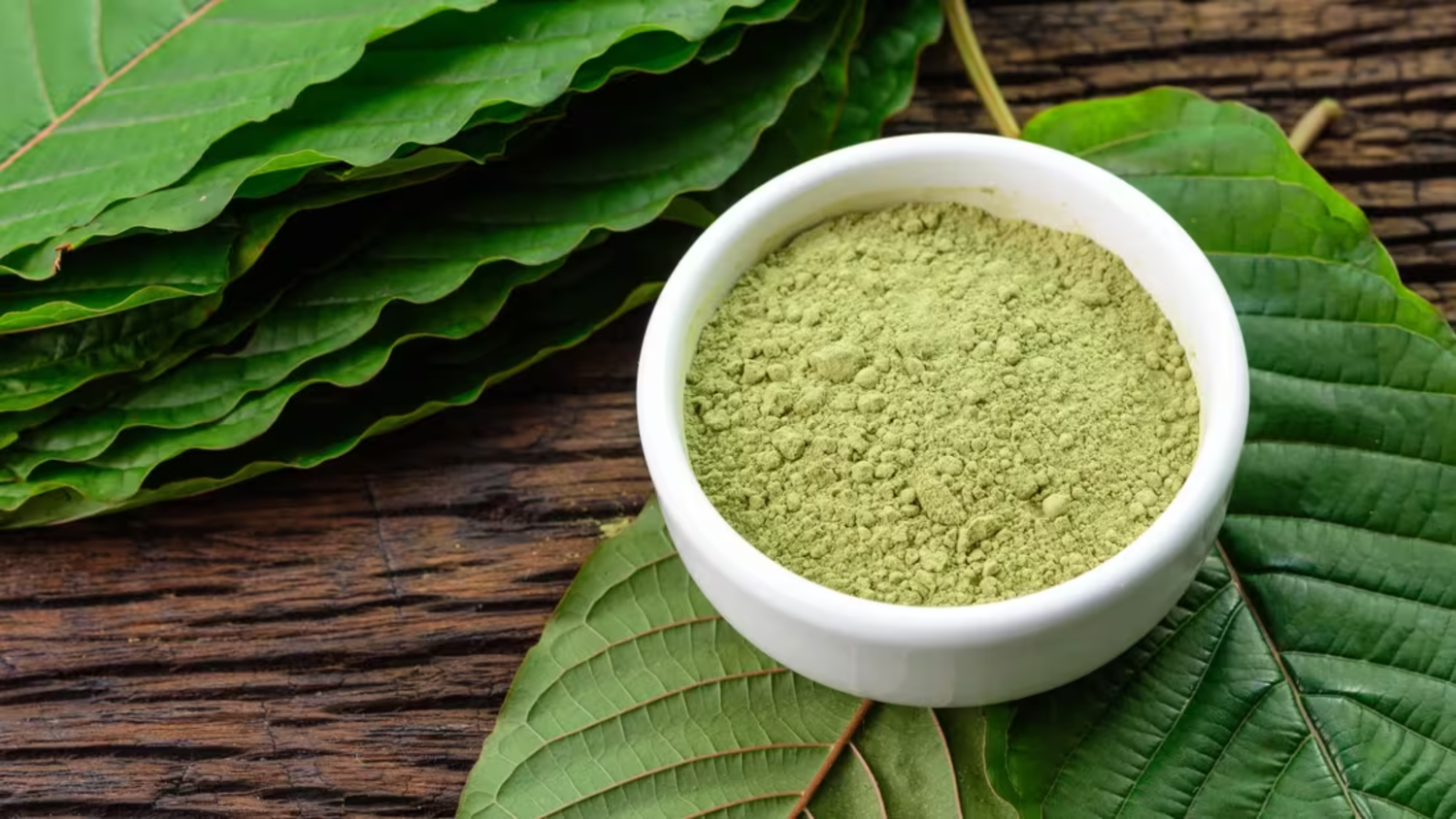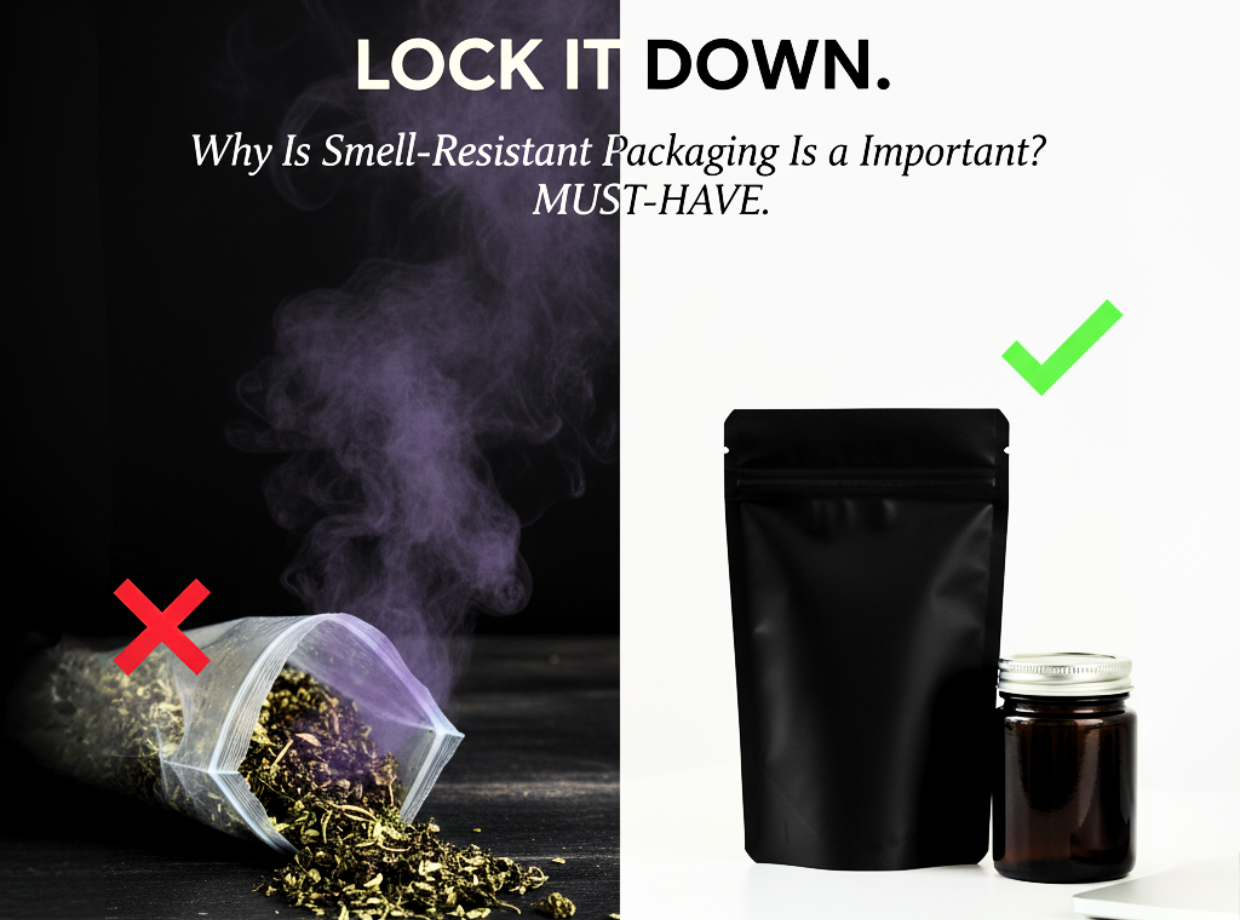The Growing Popularity of Kratom
Kratom, derived from the Mitragyna speciosa tree native to Southeast Asia, has become increasingly popular in the U.S. for its natural energizing and relaxing properties. From Kratom powders and capsules to Hydroxy Kratom Tablets, the market continues to expand rapidly—offering both opportunities and responsibilities for retailers.
At Habib Cash and Carry, you’ll find a range of wholesale Kratom products designed to meet retail demand responsibly and legally. But before you stock or use Kratom, it’s essential to understand how long it stays in the body and what factors influence it.
How the Body Processes Kratom
Once consumed—through tablets, powder, or tea—Kratom’s active compounds (primarily mitragynine and 7-hydroxymitragynine) enter the bloodstream and bind to receptors in the brain. These alkaloids are metabolized by the liver and then excreted through urine.
The half-life of Kratom (the time it takes for half the substance to leave the body) is estimated at about 24 hours, though this varies depending on several personal and environmental factors.
| Test Type | Detection Window |
|---|---|
| Urine Test | 5–7 days after use |
| Blood Test | 24 hours or less |
| Saliva Test | Up to 1 day |
| Hair Follicle Test | Up to 90 days (rarely used for Kratom) |
Factors That Affect How Long Kratom Stays in Your System
-
Dosage & Frequency of Use
The more frequently Kratom is consumed, the longer it stays in your body. Heavy users may have longer detection times due to accumulation. -
Metabolism
People with faster metabolisms clear Kratom from their systems more quickly. Age, diet, and exercise all play a role here. -
Body Fat Composition
Mitragynine is fat-soluble, meaning it can linger longer in users with higher body fat percentages. -
Hydration and Diet
Staying hydrated and maintaining a balanced diet supports faster elimination. -
Type of Kratom Product
Concentrated forms like Hydroxy Kratom Tablets or extracts may take longer to leave the body than powders or teas.
How to Support a Safe Detox
For users looking to detox or reduce their Kratom levels, natural methods are best:
- Drink plenty of water
- Exercise regularly
- Get quality sleep
- Avoid alcohol or other substances that strain the liver
Retailers can educate customers about responsible Kratom use and guide them toward high-quality, lab-tested products to reduce risks.
Kratom and Legal Considerations
While Kratom remains legal at the federal level in most of the U.S., it’s banned or restricted in some states and cities. Retailers should always stay informed about regional laws before stocking or selling Kratom products.
At Habib Cash and Carry, we source only compliant, lab-tested Kratom products, helping retailers maintain full transparency with customers.
Final Thoughts
Understanding how long Kratom stays in your system isn’t just a user concern—it’s a compliance and customer education issue for retailers, too. Transparency builds trust, and trust builds repeat business.
To learn more about Kratom products and compliance-friendly wholesale options, visit HabibCashAndCarry.com today.







Leave a comment
This site is protected by hCaptcha and the hCaptcha Privacy Policy and Terms of Service apply.